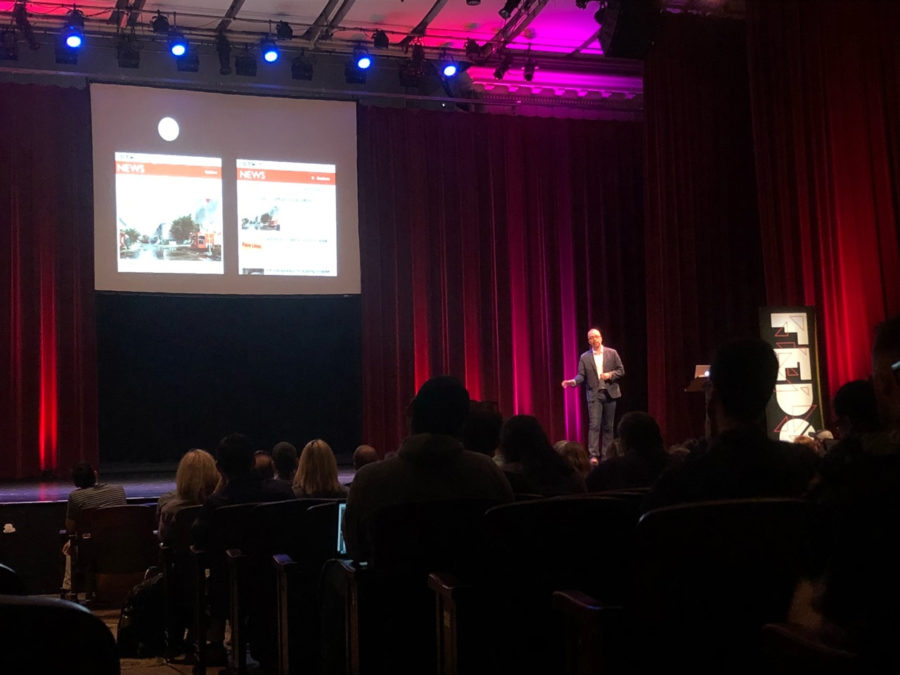Taking internet to the next billion
Life has a tendency to throw surprises our way and many times our only defense is to plan accordingly for the future. In most cases the future means growth. Ethan Marcotte, the man who coined the phrase “Responsive Design”, wants us to think about this growth in a way that will make room for the next billion people coming online. This means serving underdeveloped markets that rely heavily on low priced cell phones instead of the usual desktop or high-end phone market we are used to in the developed world.
Proper Planning Prevents

Ethan Marcotte’s Front End Design Conference talk highlighted the fact that at the turn of the 18th century Manhattan, New York had a problem with overpopulation in a small section of the southern part of the island. The solution ended up being the ingenious grid of avenues and streets north of Houston Street you see today. This design provided flexibility and efficiency in a system that used to consist of a disorganized mess that inhibited growth.
This idea of modeling for the future applies to the web in that there are many markets in countries most people usually don’t consider, and those countries rely on what many developers see as unconventional networks. Some of the techniques Marcotte highlighted centered around checking devices for newer technology, and in its absence serving up content that will fit the limitations of the market (or network). This allows sites such as BBC News to serve the masses of new internet users (often in emerging markets) as they come online rather than serving an experience that is not suited to what they need.
Future Proofing

Since bandwidth is limited in developing markets, having a site that fits the low-end device model is important. Things like large images or page size will hinder your ability to reach that “next billion”. By considering these factors in the development process, web designers can future-proof our sites and make sure they reach the widest possible audience.
While it may not fit in every scenario, the possibilities that you will have to reach a market that relies mostly on large networks of low-end cell phones becomes greater and greater. Incorporating this strategy sets websites up for any future changes that involve customers from unexpected places.
